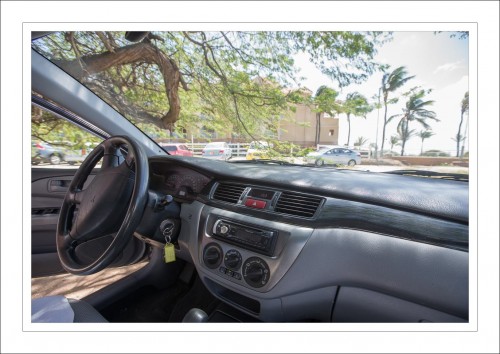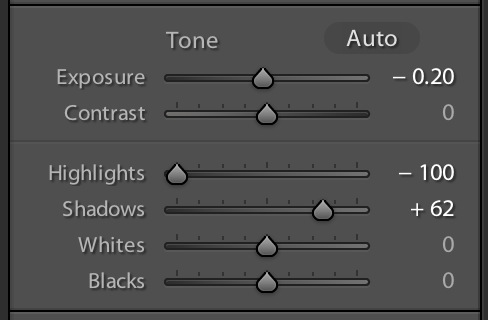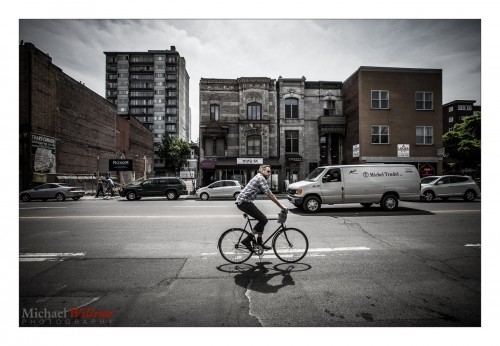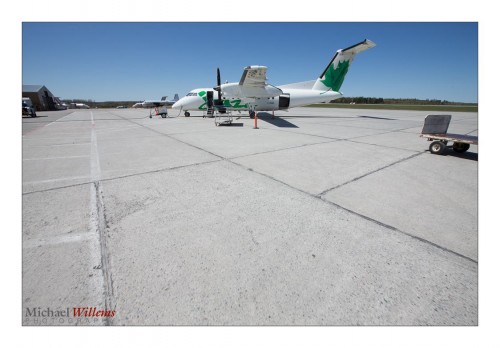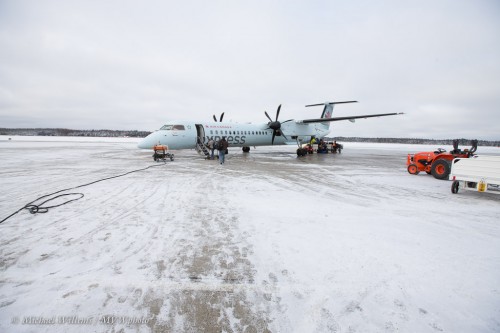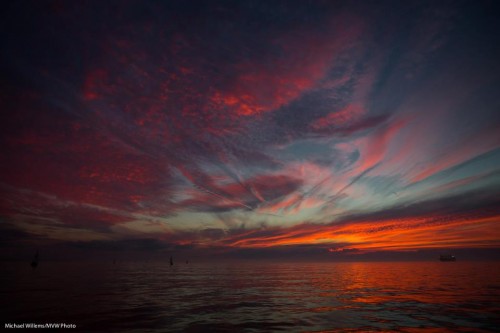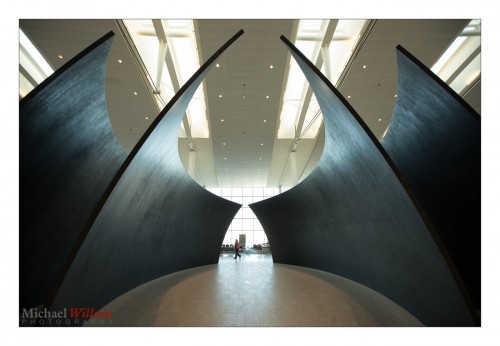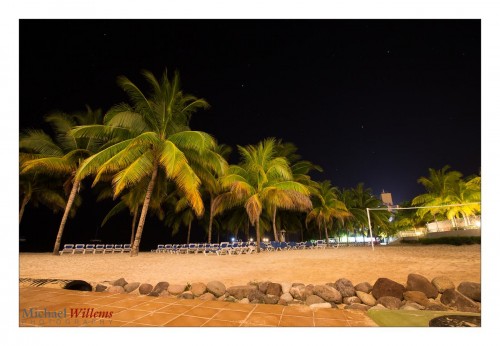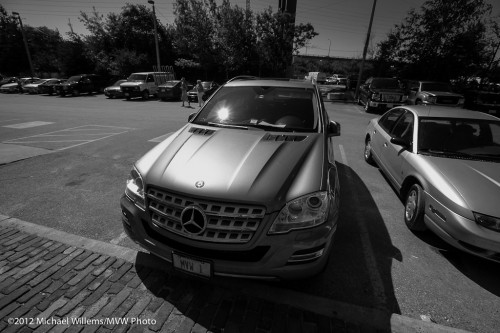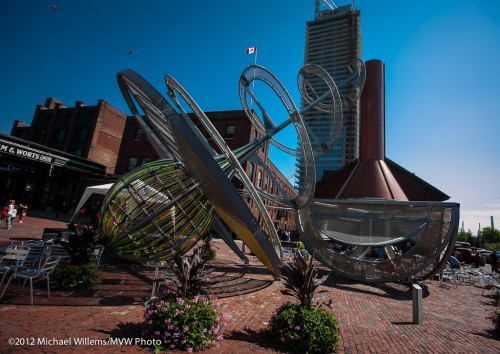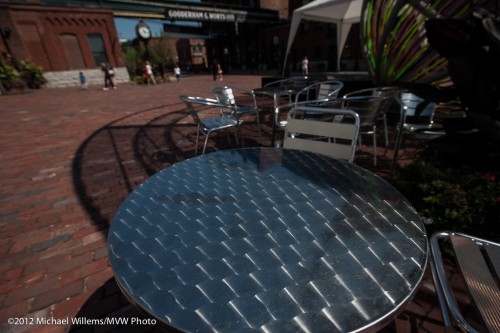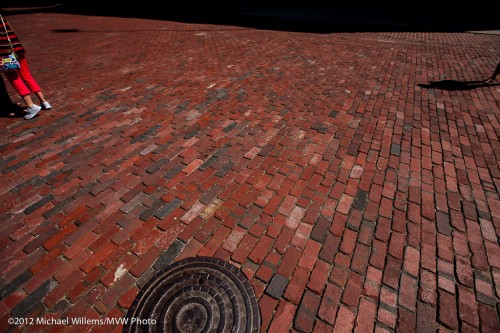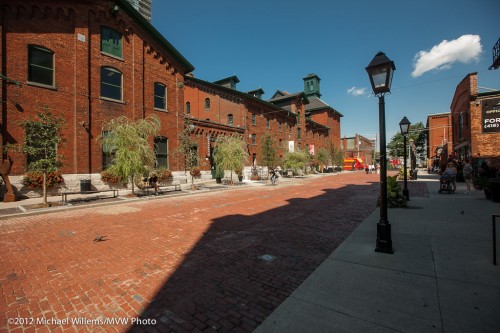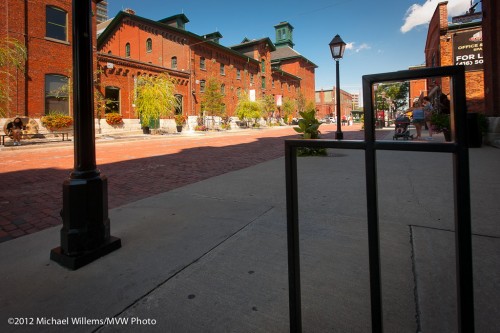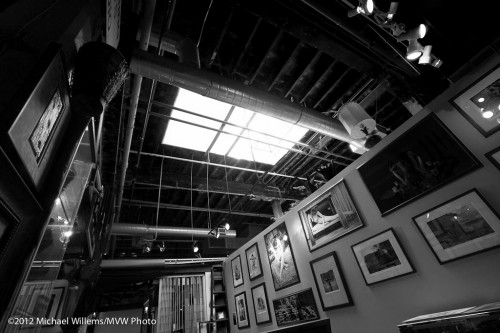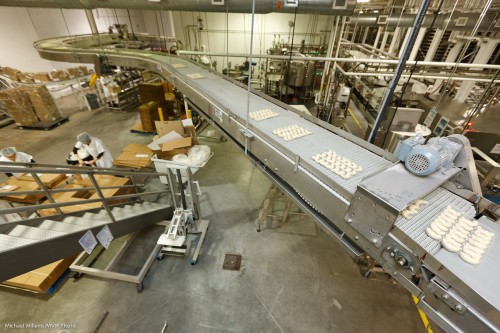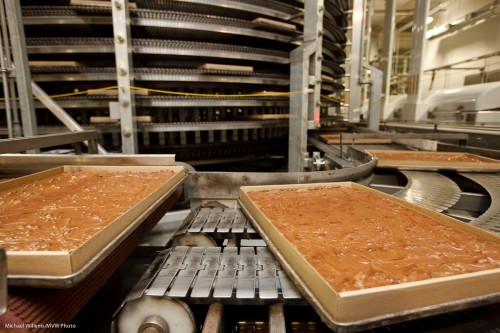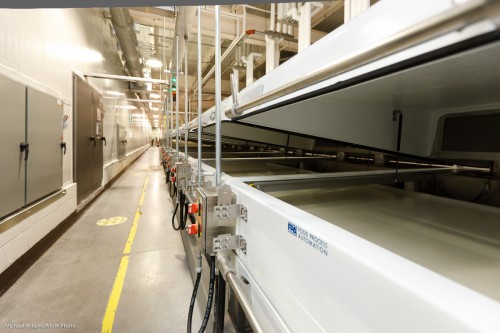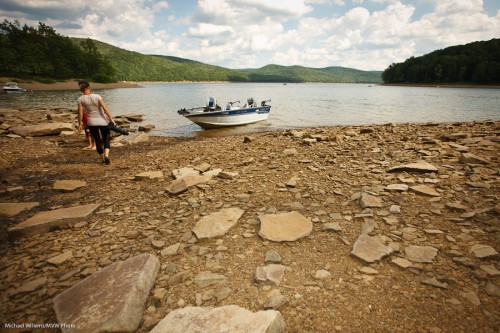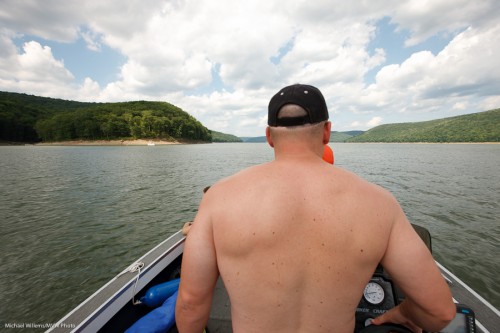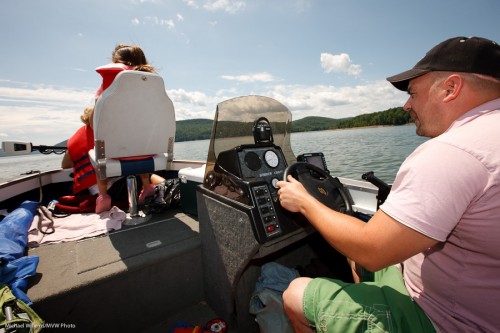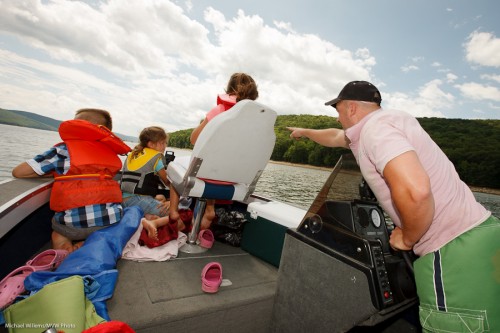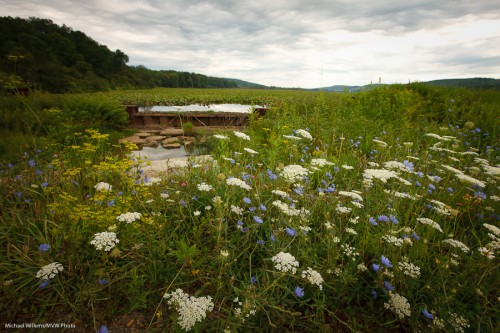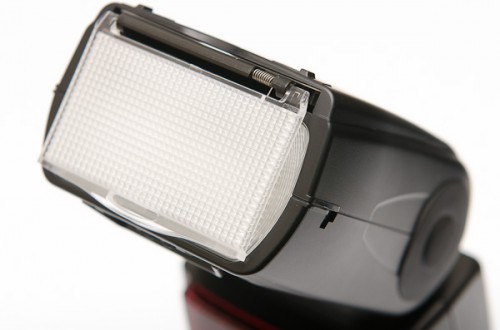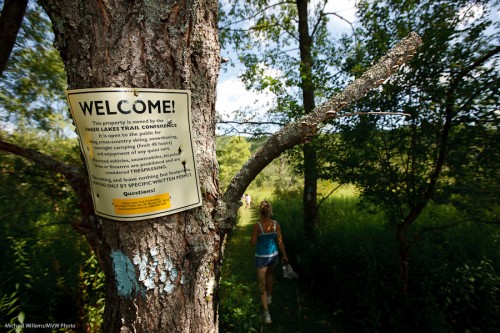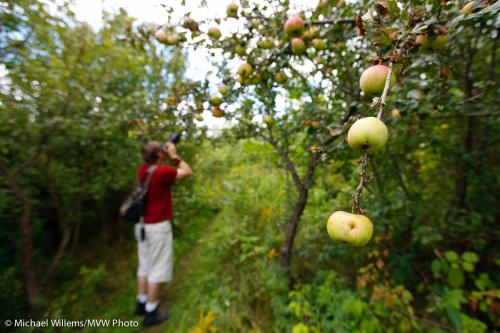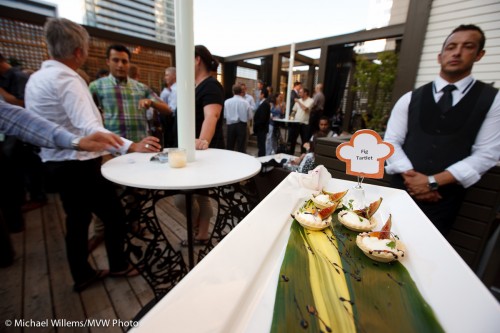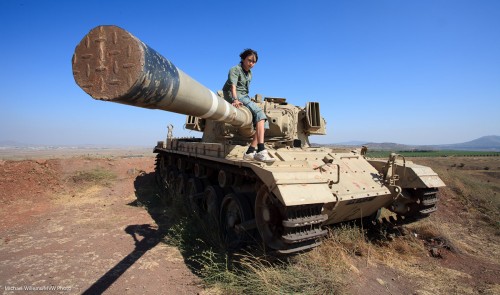My friend Peter McKinnon, of himynameispeter.com, visited me tonight.
Peter is a very talented international photographer (and magician, as it happens: a skill that comes in handy during some of the wedding he shoots, I bet).
Peter and I share a love of wide angle lenses. Like the 14mm f/2.8 lens he shoots with – a lens that is on my wish list. Look at Peter here, holding that lens – all that glorious glass:
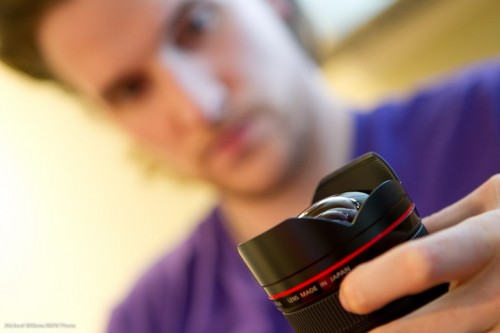
Peter shoots with this lens very often, even where others would shy from a wide lens – and I do not blame him: it is wonderful, rectilinear, and very, very sharp (especially when stopped down).
So – something to explain. Why do I say “some would shy away”?
Because some people think wide angle lenses distort.
So do they? Depends.
- If you mean “make straight lines into curves” – a good lens is rectilinear. Meaning straight lines remain straight. So in that sense: no distortion.
- Very wide lenses are, however, not entirely sharp at the very edge – in that sense, yes, some distortion, if you will.
- What they do do is show perspective from the point of view. And if I get close to something, the scene will look dramatic in the corners and at the edges This is not, strictly speaking, distortion. It is showing me basic geometry. If I am one inch away from your nose, your nose will look extra big – that is not distortion, it is reality.
Regardless, for the last two reasons above you should avoid putting important objects at edges and in corners:
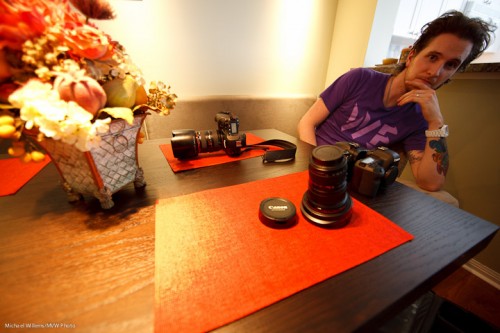
But provided you avoid that, a wide lens will work great:
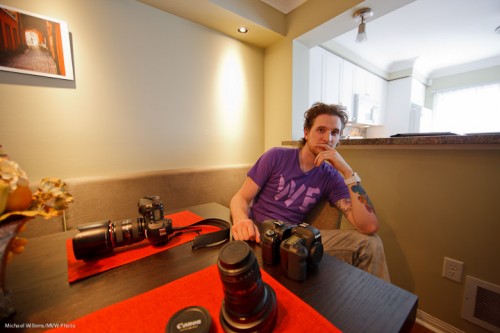
That sense of space, of the subject being surrounded by his environment, is typical of extra wide angle lenses.
Another note. Prime lenses enforce discipline. Instead of zooming, you must move or turn.
And you have to get close. When people are reluctant to use wide lenses, it is because they are reluctant to get close to people. A wide lens forces you to get close – which is a good thing. Photographers need to interact with their subjects.
So I encourage you to go wide. Meaning as wide as 8-20 on a crop camera (equivalent to 14-35mm on a full-frame camera) – that sort of range.
And have fun!

